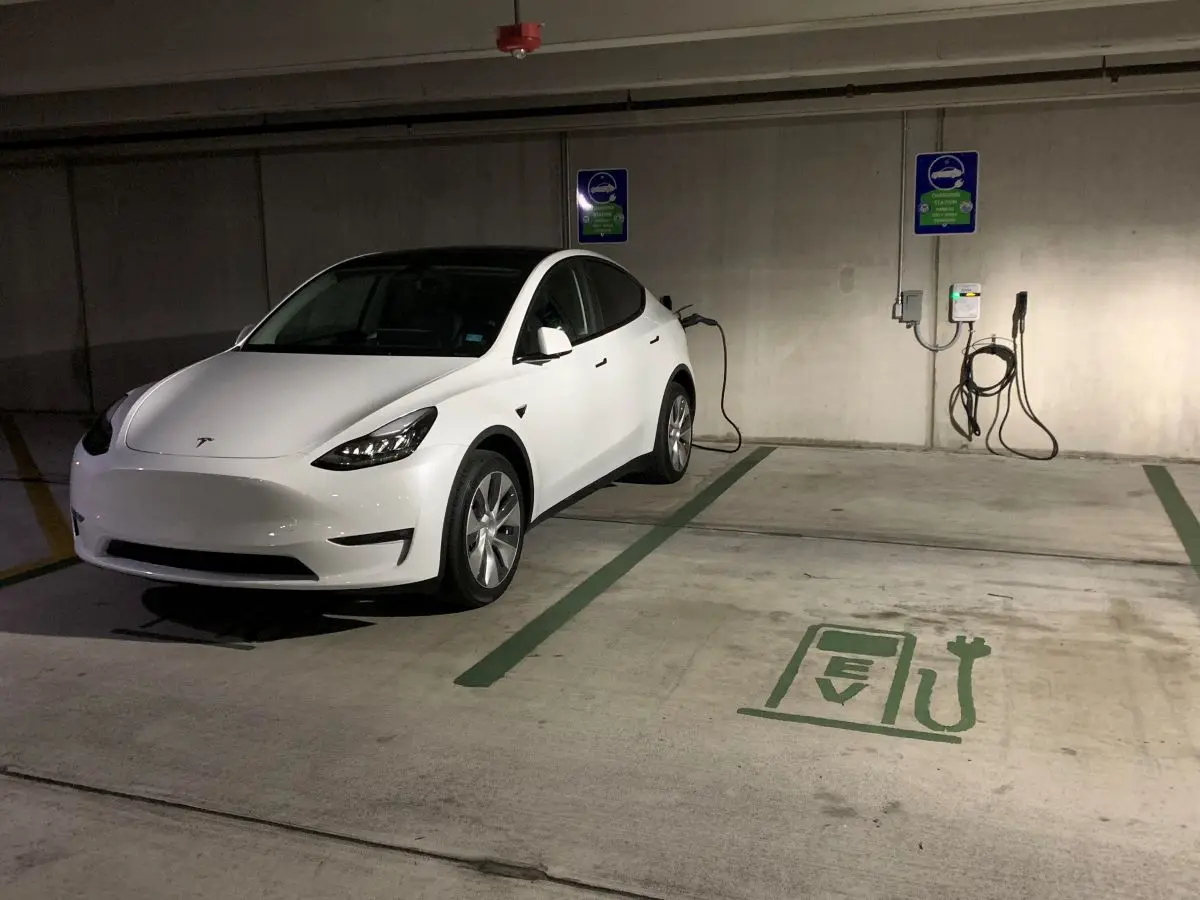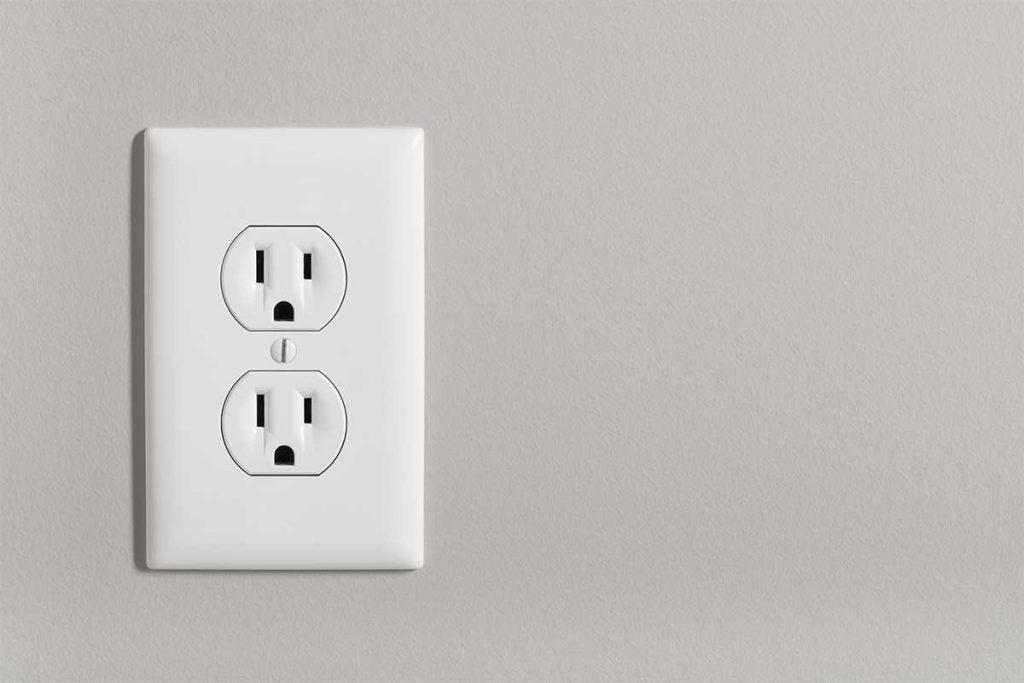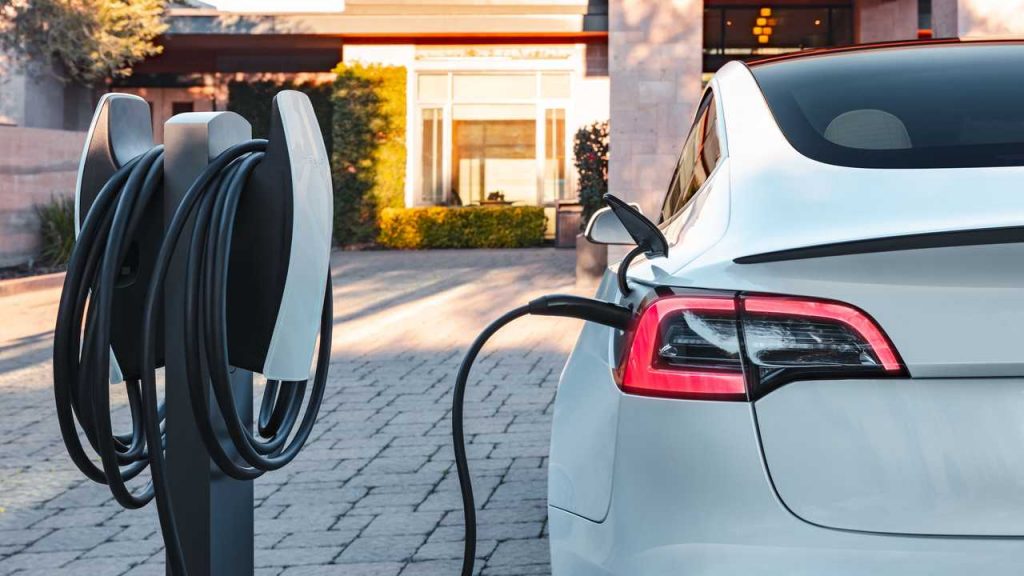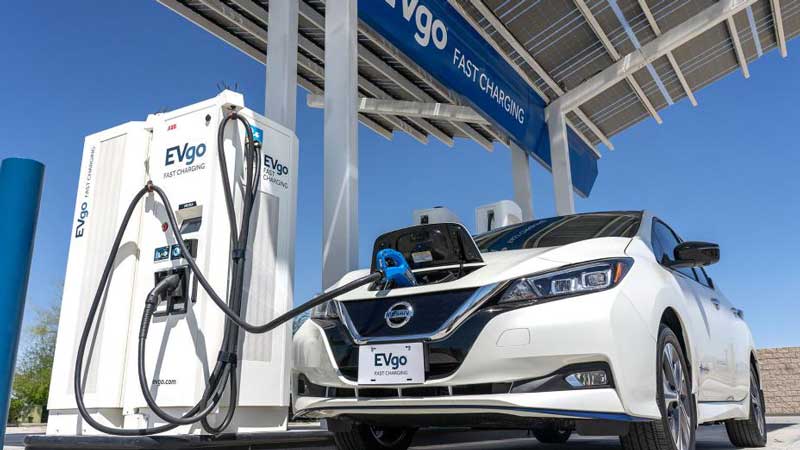Can You Plug An Electric Car Into a Regular Outlet?
By Chris Thatcher
Updated Feb 18, 2024

Electric vehicles have become quite the trend among Americans and more than ever, they are always looking for the great benefits the vehicle offers. However, they are also Americans & being one, you can relate to the ideas that sprout in the minds of our people.
Table of Contents
One of the crazy ideas that an average American often comes up with is whether or not they can charge their electric vehicle by plugging it into a regular outlet...
We know that electric vehicles can significantly lower gasoline dependence and can, in fact, reduce your maintenance cost but still, the question remains, can you charge it through a regular home outlet?
The answer is both a yes and no. Let’s elaborate a little.
You see, there are two types of electric vehicles- all-electric and hybrid. All-electric vehicles run on electricity only while hybrids use gas and electricity. Now, all-electric vehicles can be plugged into a typical 120-volt home outlet but it would take forever to charge them this way. It is doable but not recommended as you might just wear out the battery of your car before it’s even done charging. On the other hand, most hybrids come with a 110-volt charger that you can use to plug into a typical home outlet but this will only work if your battery is already partially charged.
READ: Can You Jump Start An Electric Car?
Why Does A 110 Volt Outlet Take Longer to Charge the Vehicle?

Almost every other electric vehicle today comes with a charging port that you can easily plug into any 110-volt outlet. The unit enables you to easily charge any electric vehicle from your household. However, this kind of outlet is not as powerful as the 220-volt outlets which are used in public places.
The reason a 110-volt outlet takes longer to charge the vehicle is that it doesn’t deliver as much power. A 110-volt outlet will only deliver 1,380 watts an hour while a 220-volt outlet will deliver up to 3,700 watts an hour. This means that it will take anywhere between 6 to 10 hours to charge an electric vehicle with a 110-volt outlet.
How To Fix This Problem?
The answer is quite simple, just plug the charger that comes with your car into any 220-volt outlet, and you will be able to charge it within 3 to 4 hours.
While this is not recommended because it can often lead to deterioration of the battery early on or might just damage some of the delicate parts, people often do this in a pinch.
Just make sure you don’t overdo it as you might just end up doing more harm than good.
Is Level 1 Charging Better or Level 2 Charging for 240V Outlet
When you plug your EV into a 240V outlet, compared to the Level 1 charge, it only takes about half the time. In addition, over an eight-hour overnight charging period, you gain approximately 180 miles of range. Consequently, if you're a driver who is constantly on the go or racks up more mileage daily, then Level 2 charging is the better option for you.
Why Is Charging An Electric Vehicle At Home Important?

Charging an electric vehicle at home and overnight is not only important for the environment but also for your wallet. The United States is one of the most oil-consuming nations in the world & with that being said, we import a large chunk of our oil. This puts us at a disadvantage as we are very much dependent on other countries for our oil needs. Not to mention, this also makes us very vulnerable to oil price hikes.
Electric vehicles can help us get rid of this dependence and make us more energy-independent as a nation. Furthermore, it can also help save you a lot of money in the long run as electric cars are cheaper to maintain and fuel than gas cars. Thanks to cars like Tesla, people are slowly but surely making the switch to electric vehicles.
Speaking of Teslas...
Can I Power My House With My Tesla Vehicle?
The Tesla Powerwall is a home battery system that charges using electricity generated from solar panels, or when utility rates are low, and powers your home in the evening. It essentially allows you to store solar energy generated during the day and use it at night or during a power outage. It was launched because people started using their Tesla-powered vehicles for charging their houses during power outages. This is certainly not recommended.
To learn more: Can I Power My House With a Tesla?
The Powerwall can store up to 14 kWh of energy and can supply your home with 5 kW for an entire day. It is one of the most popular home batteries on the market and has been installed in over 50,000 homes worldwide.
What If There's a Voltage Drop While Charging My Electric Car In a 240 Outlet?

A voltage drop is a decrease in voltage that occurs when electric current flows through a conductor, such as a wire. The cause of voltage drops is typically resistance, which increases as the length of the conductor increases. When the voltage drop becomes too great, it can cause problems with electrical equipment.
If there is a voltage drop while you are charging your electric car in a 240 outlet, it could damage your car's battery or charging system. It is important to be aware of this potential problem and to take steps to prevent it from happening. For instance, you can use a shorter cable to charge your car. This will reduce the amount of resistance and therefore the voltage drop.
READ: Can I Power My House With My Tesla?
Concluding Thoughts
Electric cars are the future. With the rise in awareness of climate change and the need to reduce our dependence on fossil fuels, it is evident that we need to make the switch to electric vehicles. However, it is advised that when it comes to charging these vehicles, you should do your research to ensure that you are using the best possible method. In some cases, it might be better to charge your car at a public charging station rather than at home.
